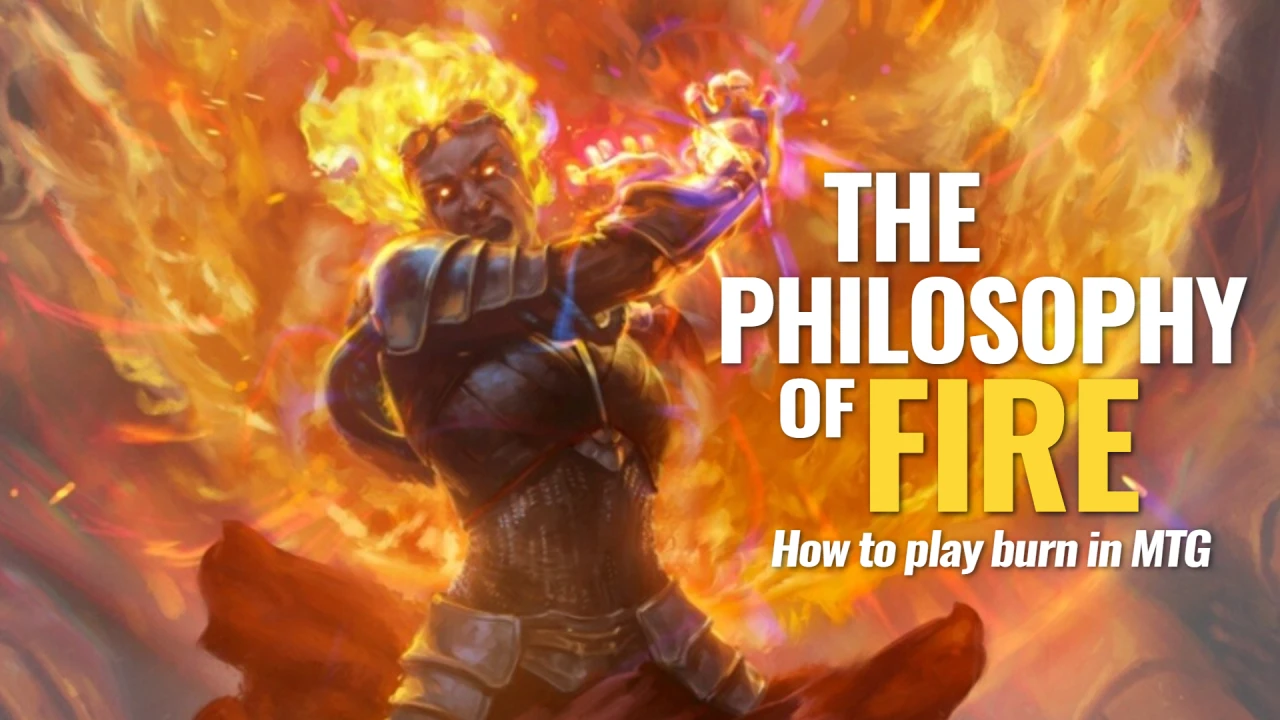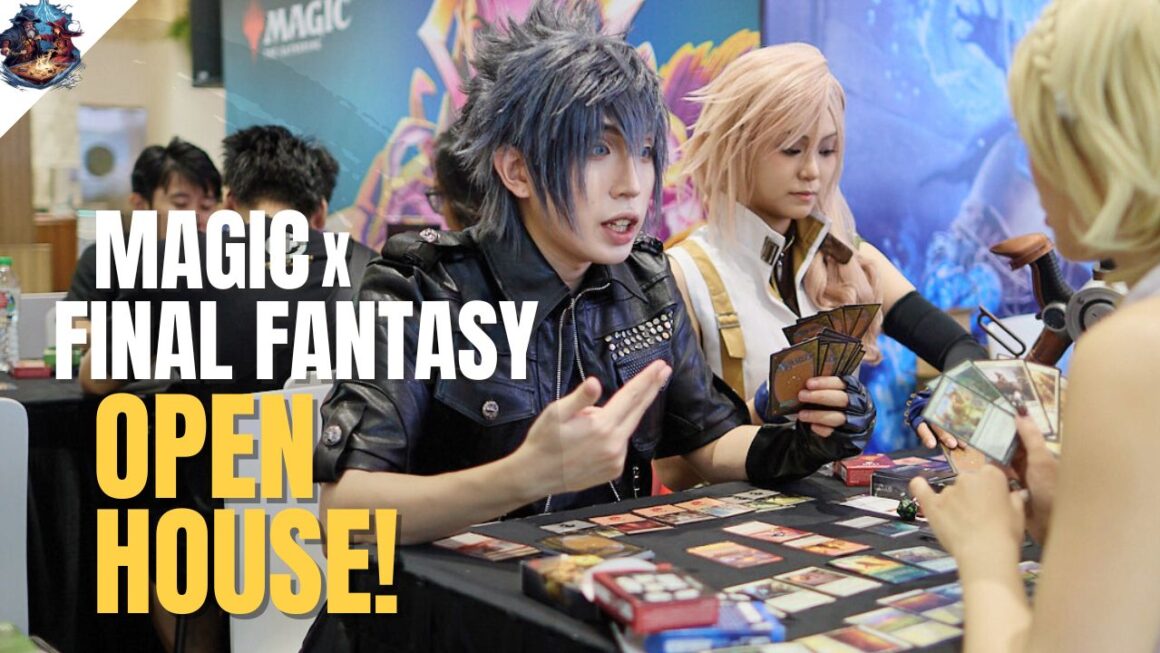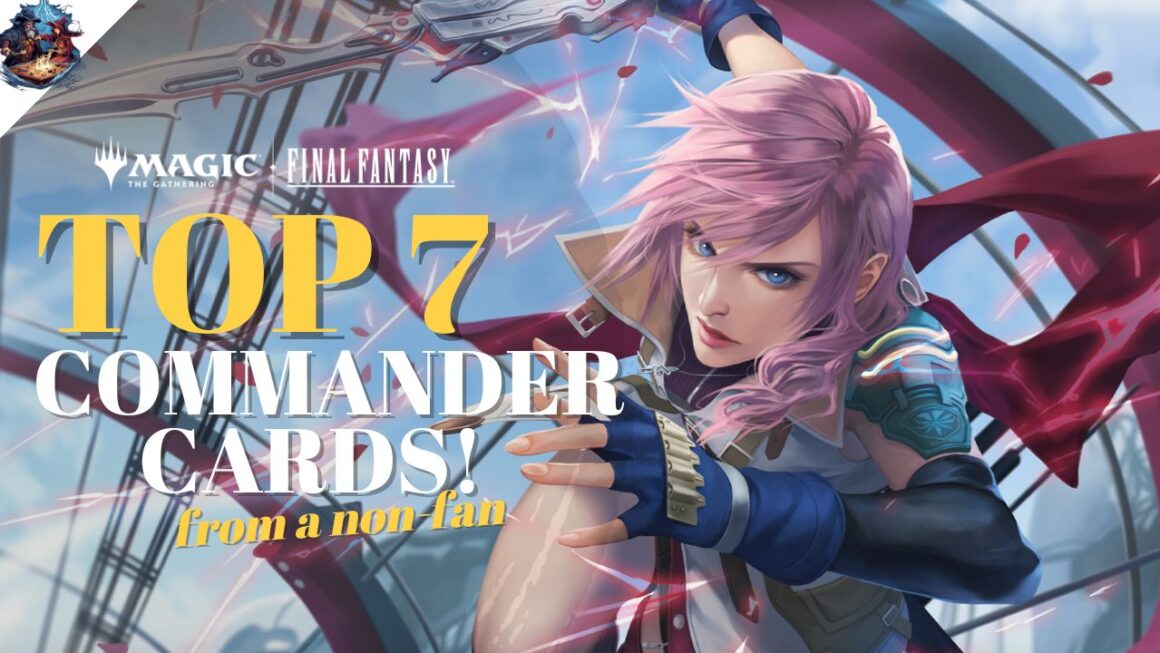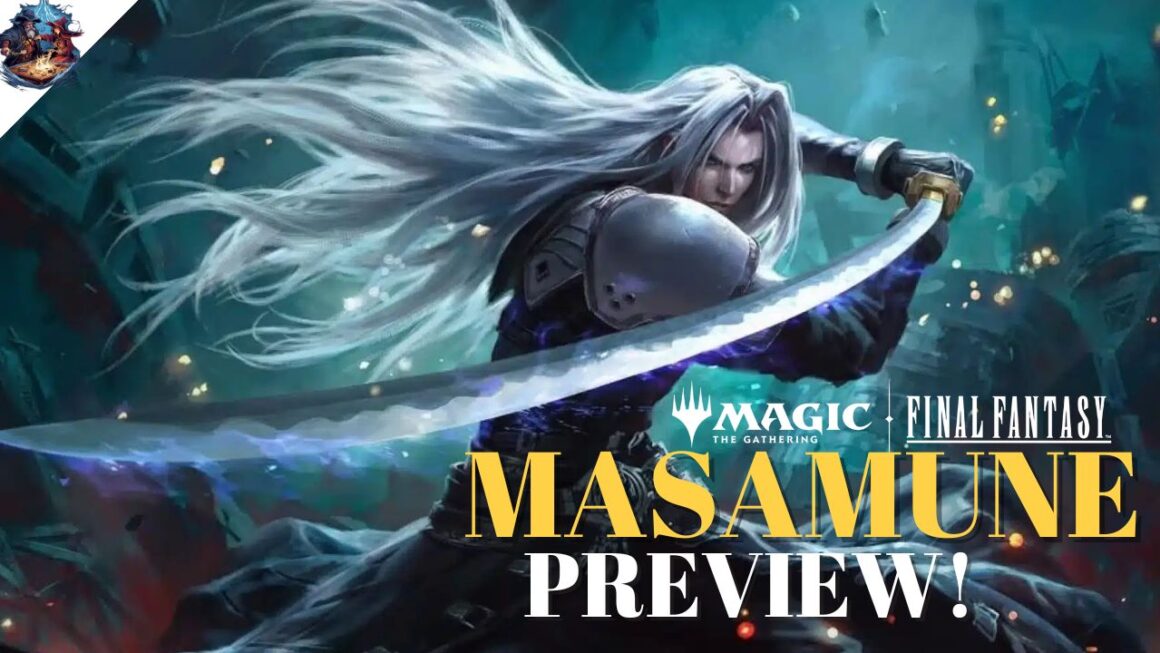Today we’re stepping into the blazing heart of one of Magic’s key strategic concepts – The Philosophy of Fire! This is based on an article written years ago by Mike Flores, and it bridges the gap between tempo and card advantage!

In essence, the Philosophy of Fire is a strategy often seen in red decks, focusing on maximum damage output while utilising the least amount of resources possible. Sounds simple, right? Well, yes and no. Let’s break it down:
1. Every Card Equals Damage:
The Philosophy of Fire converts every card in your hand to a potential damage dealer. It bridges the gap between card advantage and tempo by effectively equating cards with life. For example, a card like Lightning Bolt isn’t just a card, it’s essentially three points of life that can be stripped away from your opponent. This equalisation of damage to cards merges the ideas of card advantage and tempo into a unified strategy. If every card in your deck deals 3 damage, then your strategy is now to resolve 7 spells (cards).

2. Speed is Key:
In the Philosophy of Fire, tempo isn’t about outmaneuvering your opponent over a lengthy game; it’s about reducing their life total to zero as quickly as possible. It’s a burn race against the clock, or more aptly, your opponent’s life total. With cheap, fast cards like Monastery Swiftspear, you pile on damage to make them worth more than a card.


One of the key components for playing mono red is to have low-costing Creatures with Haste. If you’re playing cards and attacking faster than the opponent can, you have speed to your advantage. Another key mechanic is Prowess, which buffs a Creature +1/+1 until end of turn for every non-Creature spell cast. One Creature and one spell won’t do much, but 2 Prowess Creatures combined with 2 Instants will nett an additional 4 damage.
3. Resources = Life:
This is where the Philosophy of Fire truly becomes a nuanced strategy. You’re not just considering your cards and mana as resources – your own life total is a resource as well. It’s a crucial balance, playing into both tempo and card advantage. In most cases, as long as you’re not at zero, you’re still in the game. It’s about taking calculated risks, such as sacrificing life to fetch an untapped Shock-Land (rather than play a tapped Land), to keep the heat on your opponent.
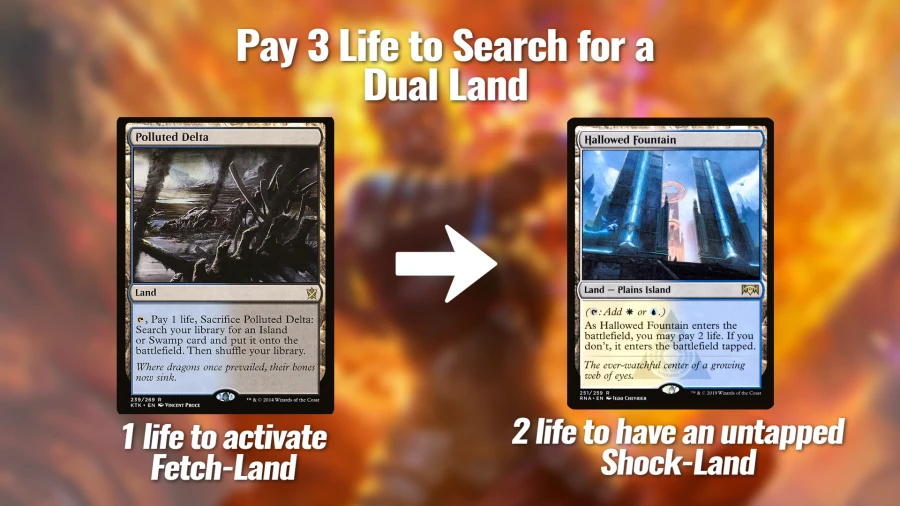
An example to illustrate this: imagine your opponent pays 3 life to fetch an untapped Shock-Land early in the game. According to the Philosophy of Fire, they’ve essentially given you a ‘free’ Lightning Bolt – that’s three damage you didn’t need to use a card to achieve. It’s a tempo gain for you and a card advantage, demonstrating how this philosophy unifies these two often contradictory concepts.
One of my favorite Magic stories was a game where Conley Woods was playing Naya Zoo versus a burn player. The burn opponent had to mull to 4 cards. Conley used a Fetch-Land to find a Shock-Land (paying life to have it enter untapped) and played Wild Nacatl. The burn opponent then played a Mountain and Lava Spike.
Over the next 2 turns, Conley played another “Fetch and Shock” sequence, and then cast Tarmogoyfs plus another zoo Creature. The opponent just bolted and then sacrificed a Darksteel Citadel to cast Shrapnel Blast, finishing Conley. Conley dealt 11 damage to himself, effectively giving the burn player THREE free Lightning Bolts.
4. Damage = Cards:
When assessing combat math, aggro decks can and should make attacks that lead to profitable blocks for the opponent if they can push enough damage to justify the card advantage loss. For example, if you attack with all your Creatures, and your opponent’s 4/4 blocks and kills your 2/2, 3 damage still gets through. Even though you’re now behind on board (because you lost a Creature), you’re still in card parity, as you were able to squeeze a Lightning Bolt‘s worth of damage out of the attack, getting them closer to death.

End Step
The strategy behind navigating the card advantage-tempo axis is something I’m passionate about when it comes to playing Magic, and I hope you learned from today’s article. Do you have any stories that relate to this philosophy of fire?

